Purchasing something using one of the links on this page could get me a commission. Won’t cost you a thing. See https://concealedcarryforbigguys.com/affiliate-disclaimer for more information.
If we’re going to carry, we should probably practice from time to time. And if we’re going to practice, we should also make sure that our hearing is protected from damage.
Nothing there is news. There are several types of hearing protection that I’m aware of.
Table of Contents
Different types of hearing protection.
There is the muff type that covers the entire ear. The in-ear type fits in the ear canal and blocks sound from there.
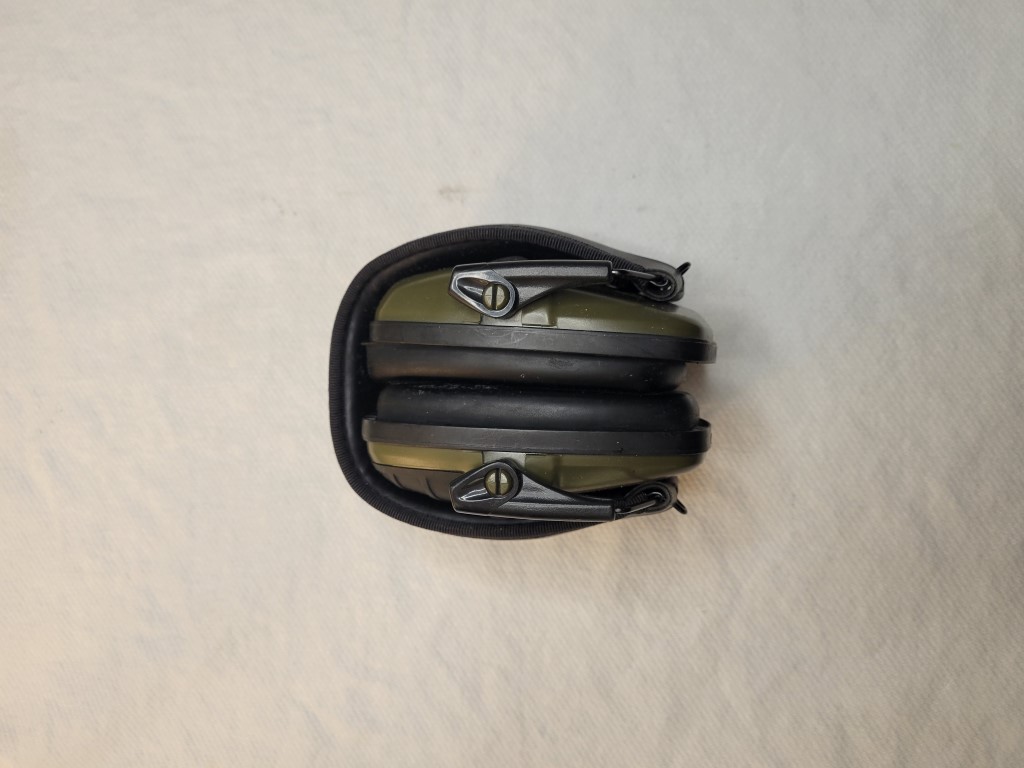
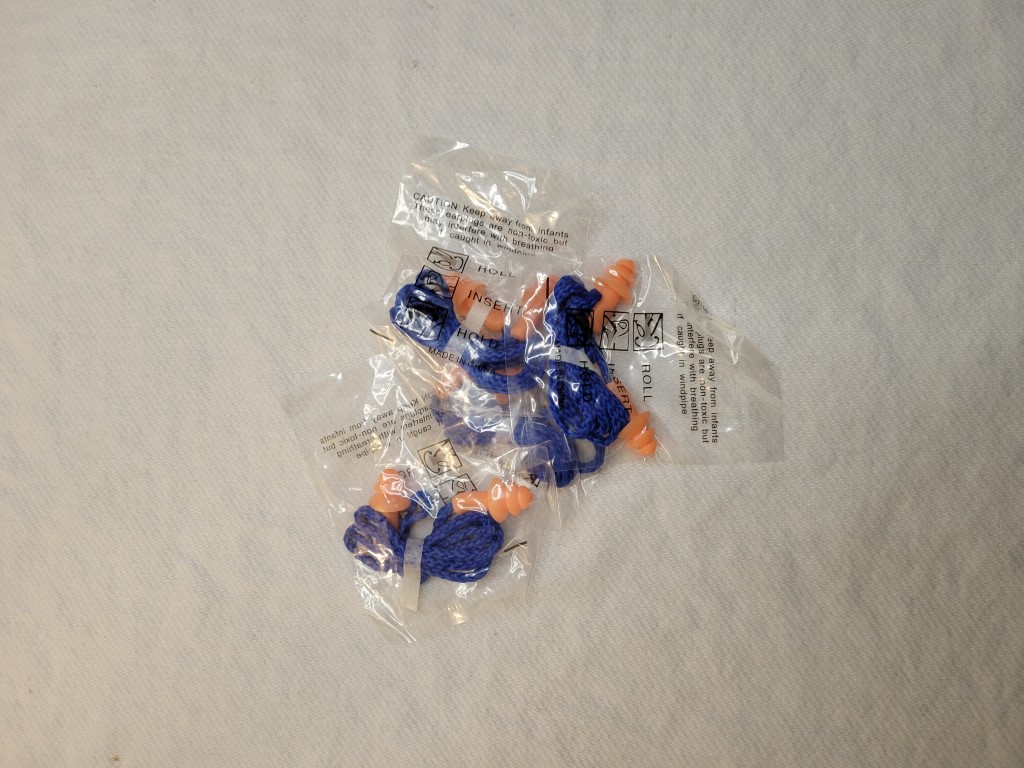
I started with the muff types, but I’ve migrated to the in-ear. They’re just more comfortable. They don’t interfere with shooting or sun glasses, nor do they get in the way of a good cheek weld while shooting long guns.
Both of those general types have two sub-types. First, the regular ones that just block sounds. Then there are the electronic ones.
The advantage of the electronic is that they will allow normal sounds through. Those do come in handy while at a training class where your instructor might be issuing commands. Some public ranges have similar situations to clear downrange for target retrieval and such.
The Pro Ears Stealth 28 HT.
When I got these, I was unfamiliar with this company. Consequently, I did not buy their top of their line, but one of their more budget-oriented types.
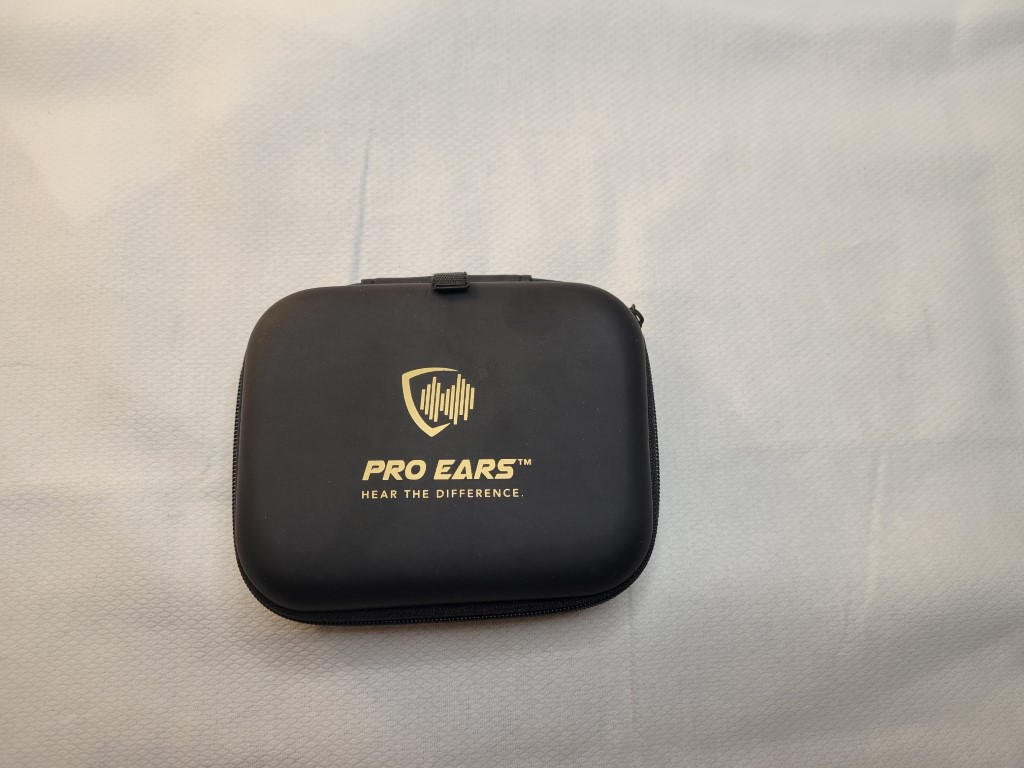
As you can see in the picture, there are a number of different sizes of rubber or foam parts that go in the ear. Four pairs of foam, and three of silicon.

You’re really going to want to take a little time before use in order to find the right size for you. Don’t ask me how I know that.
Once I got the right size, they did fulfill their purpose of protecting my hearing. It took me a little time to get them to fit just the way I wanted them, but it was time well spent.
I’ve used them several times, mostly out in the desert where I was basically testing the protection part. At no point did I experience anything uncomfortable, nor did my ears ring at any point.
I’ve also been at one of the aforementioned public ranges where range commands were being used. I was able to clearly hear the commands as there were given, and carry on conversations with a couple of the Range Safety Officers. It wasn’t like there was nothing in my ear, but I had no issues understanding the words.
Features
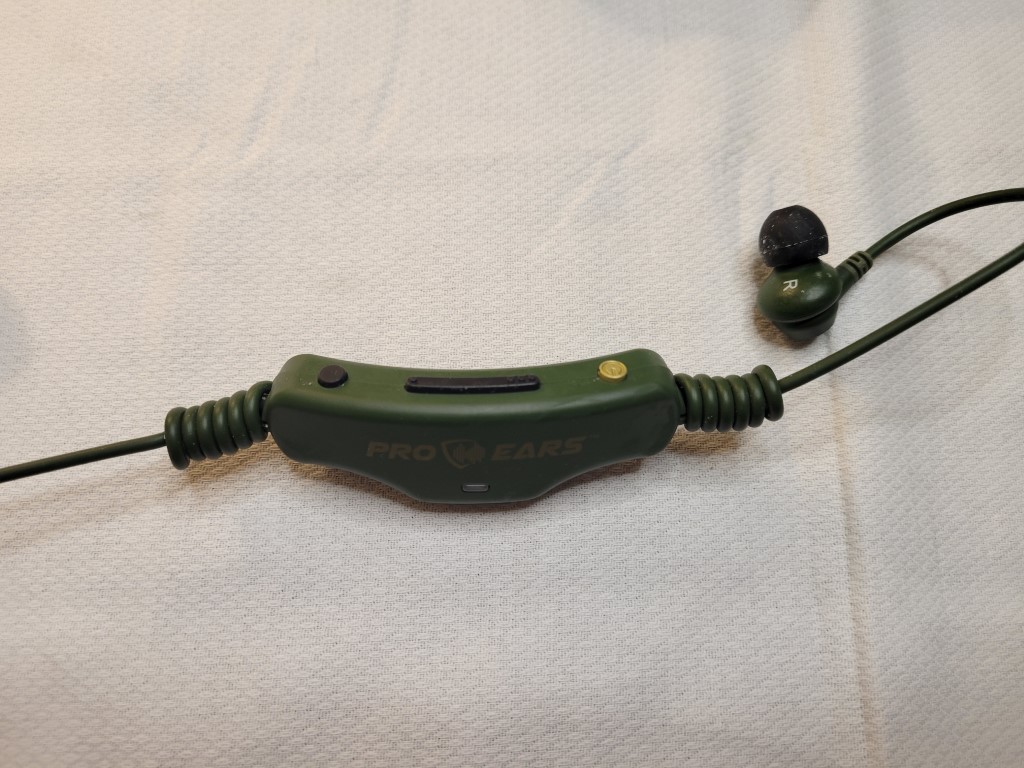
The tan/gold/yellow button on the right is the power button. It doesn’t require a long press; just hit the button and it turns on and then off. When you’re wearing it, the button is not in a place it can be accidentally pushed.
Keep in mind that that button only controls the electronics. The noise reduction comes from the fit of the rubber piece in your ear, so even if the device is off your hearing is still protected.
The other button is the Release Time button. Basically, if it’s set to slow release then that is best for environments where the loud noises are constant. Fast release is designed for impact-type sounds. Like gunshots.
The bar is the amplification of normal sounds. As you can see in the picture below, one side has three dots and the other has one dot. Three dots is up, one dot is down. There are six presets and it double beeps when you hit the high or low setting. I left it at low.
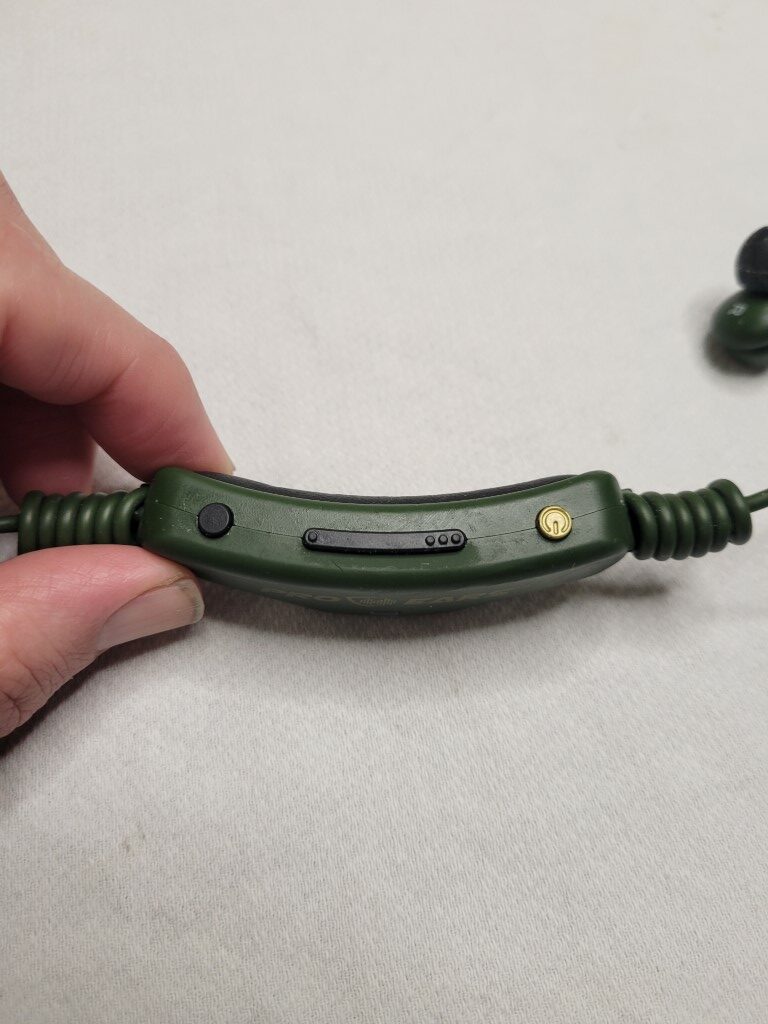
It’s rechargeable; on the bottom is a USB-C port. They did include a short charging cable. I don’t really need one, but some people might and I’d rather they include one I don’t need than not give me one that I do.
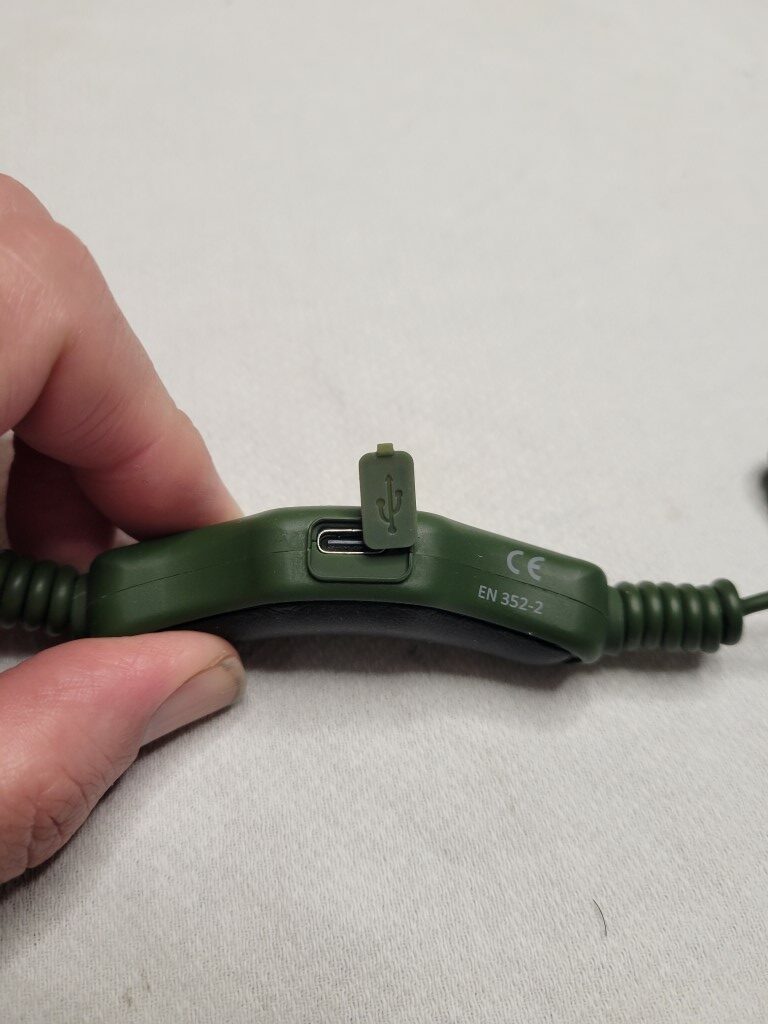
The directions say two hours to charge and 25 hours of run time after. Again, even if your battery goes dead it will still protect your hearing.
Things to watch out for
Like I said, it took some time to get it set up. It’s not a big deal; it is a one time thing. Seriously, don’t skimp on that part. I did not have the correct ear pieces attached the first time and I instantly regretted it.
You really need to read the directions. There’s some good information in there, and not just about getting them set up properly. There is some good care in usage info in there, too.
Although some of the care info is kind of obvious. Don’t stick foreign objects in it. Don’t drop it. Don’t take it apart. The usual.
Conclusion
I had previously been using the cheap little in-ear plugs I bought off Amazon a while back. Emphasis on cheap. And those worked well enough.
But the fact is, sometimes that’s not good enough; you do need to remain aware of your surroundings. When I’m in the desert, it’s not that big a deal. There are others around but they’re just people like me trying to get in some trigger time. When in a more controlled environment, though, being able to hear non-gunfire sounds is useful.
Same when you’re taking a training class. Since the point is to get someone else’s views on something, it would be helpful if you could actually hear them.
The Pro Ears Stealth is a good choice for those situations. The button below will take you to their site; click on that to get one.